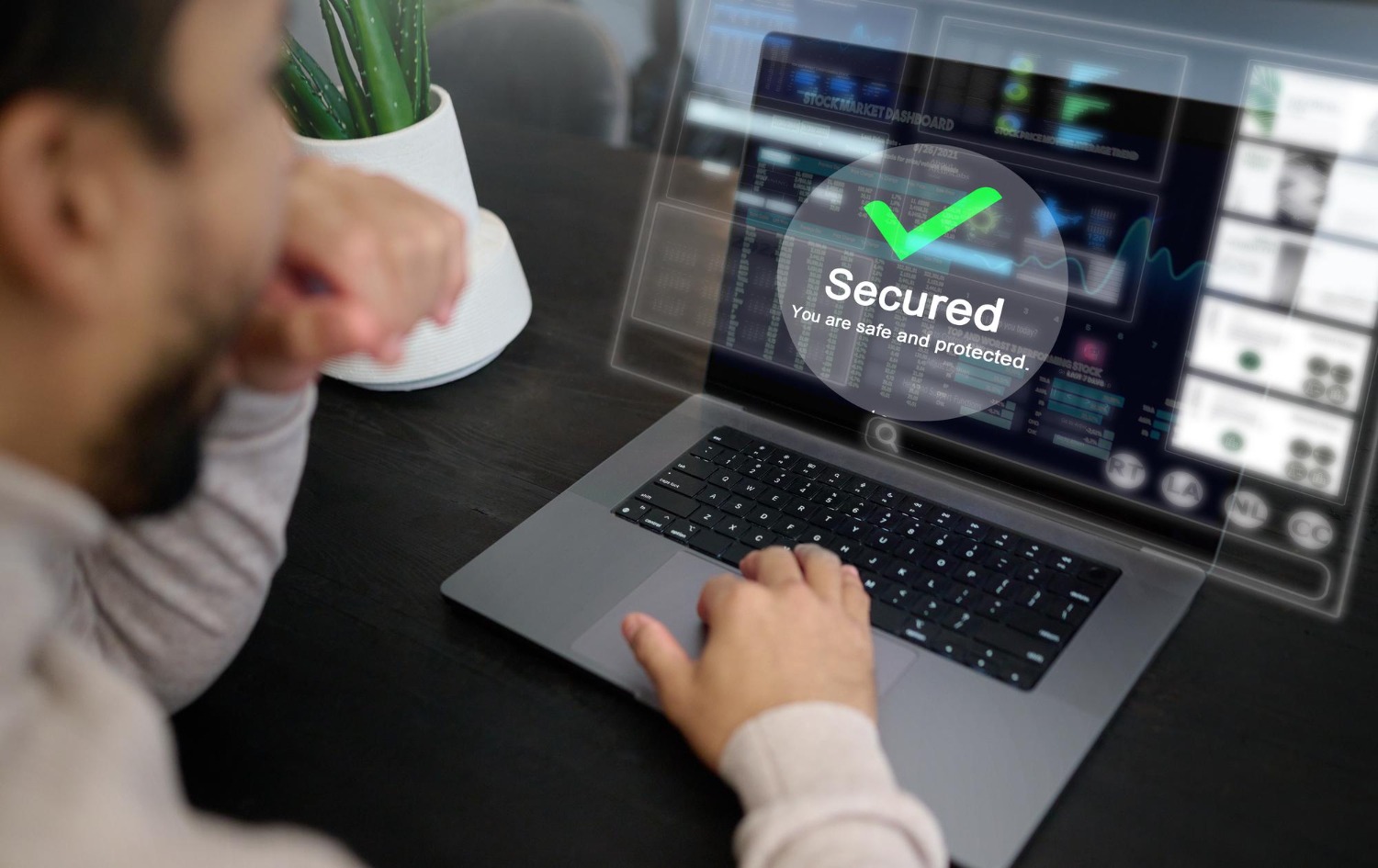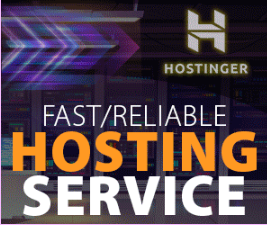Ensuring your WordPress website is secure is crucial to protecting your data and user information. Hackers target websites of all sizes, and without the right security measures, your WordPress site could be at risk. Thankfully, you can take several steps to safeguard your site from attacks. In this blog post, we’ll cover the best practices for WordPress website security to keep your site safe.
Table of Contents
Toggle1. Keep WordPress Core, Themes, and Plugins Updated
Regularly updating WordPress, as well as your themes and plugins, is essential for security. Outdated software can create vulnerabilities that hackers exploit.
- How to Update WordPress: Go to Dashboard > Updates and install the latest version of WordPress.
- Update Themes and Plugins: Always check for updates under Appearance > Themes and Plugins > Installed Plugins.
2. Use Strong Passwords
Weak passwords are a common entry point for hackers. Ensure all users on your WordPress site have strong passwords that include letters, numbers, and special characters.
- Use a Password Manager: Tools like LastPass or 1Password can help you create and store strong passwords securely.
- Limit Login Attempts: Install a plugin like Limit Login Attempts Reloaded to prevent brute-force attacks.
3. Enable Two-Factor Authentication (2FA)
Adding an extra layer of security with two-factor authentication (2FA) makes it harder for hackers to access your site.
- How to Set Up 2FA: Use a plugin like Google Authenticator or Wordfence Security to enable 2FA for your WordPress login.
4. Install a Security Plugin
Security plugins help monitor your site for suspicious activity and can block potential threats before they become a problem.
- Recommended Security Plugins: Wordfence, Sucuri, and iThemes Security are popular options that provide real-time protection and scanning features.
5. Use SSL for Secure Data Transmission
SSL (Secure Sockets Layer) encrypts the data transferred between your users and your website, making it essential for security.
- How to Install SSL: Most hosting providers offer free SSL certificates, such as Let’s Encrypt. Once installed, you should force HTTPS by adding this line to your .htaccess file:
RewriteEngine On
RewriteCond %{HTTPS} off
RewriteRule ^(.*)$ https://%{HTTP_HOST}%{REQUEST_URI} [L,R=301]
6. Backup Your Website Regularly
Even with strong security measures, things can go wrong. Regular backups allow you to restore your website if it is compromised.
- Backup Plugins: Use plugins like UpdraftPlus or BackWPup to automatically back up your WordPress site on a schedule.
7. Limit User Access and Permissions
Limit the number of people who have access to your WordPress admin area. Assign appropriate user roles and permissions to ensure only trusted individuals can make changes to your site.
- How to Manage User Roles: Go to Users > All Users to assign the appropriate roles. For example, use the Editor role instead of Administrator unless full access is necessary.
8. Disable File Editing in WordPress Dashboard
By default, WordPress allows you to edit theme and plugin files directly from the dashboard. Disabling this feature reduces the risk of unauthorized changes.
- Disable File Editing: Add the following line to your wp-config.php file to prevent file editing:
define(‘DISALLOW_FILE_EDIT’, true);
9. Monitor and Scan for Malware
Regularly scanning your website for malware can help detect issues before they become critical.
- Security Plugins: Wordfence and Sucuri offer malware scanning features that monitor your site for suspicious activity.
10. Change Default WordPress Login URL
Changing your default login URL makes it more difficult for hackers to guess your login page and launch attacks.
- How to Change Login URL: Use a plugin like WPS Hide Login to easily change your login URL to something more secure and less predictable.
Conclusion
By following these best practices for WordPress website security, you can protect your site from hackers and keep your data safe. Remember to keep everything updated, use strong passwords, enable two-factor authentication, and back up your site regularly.
Contact Craftwebx web design agency for website design and development to ensure your WordPress site is optimized for security and performance. We offer comprehensive web development and maintenance services to keep your website safe and running smoothly.



